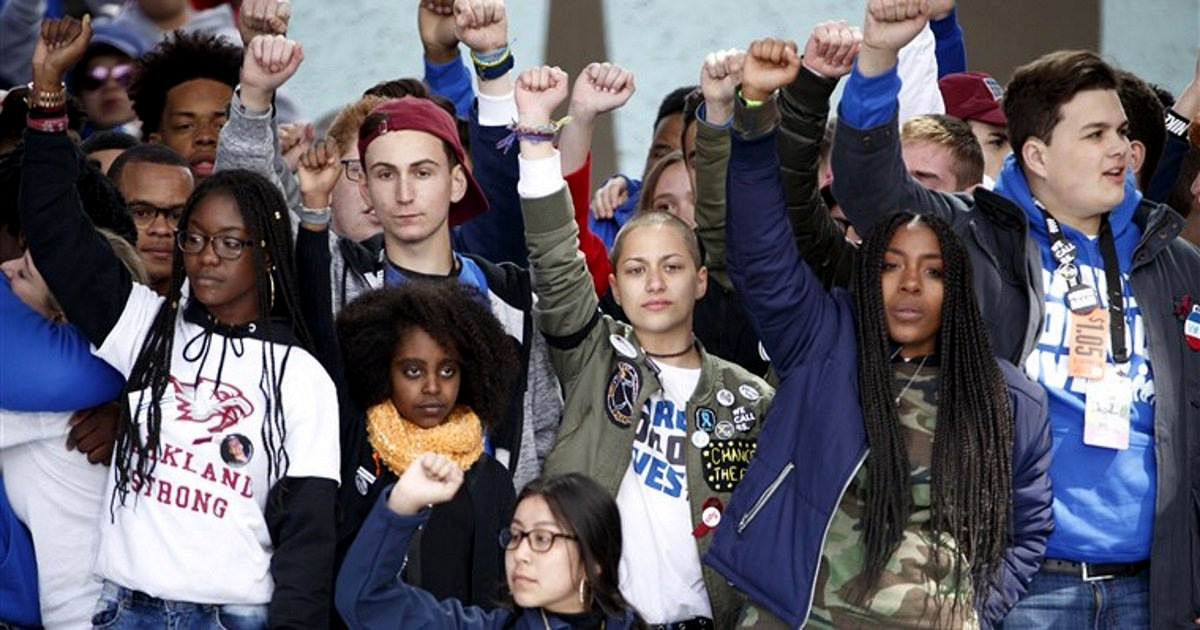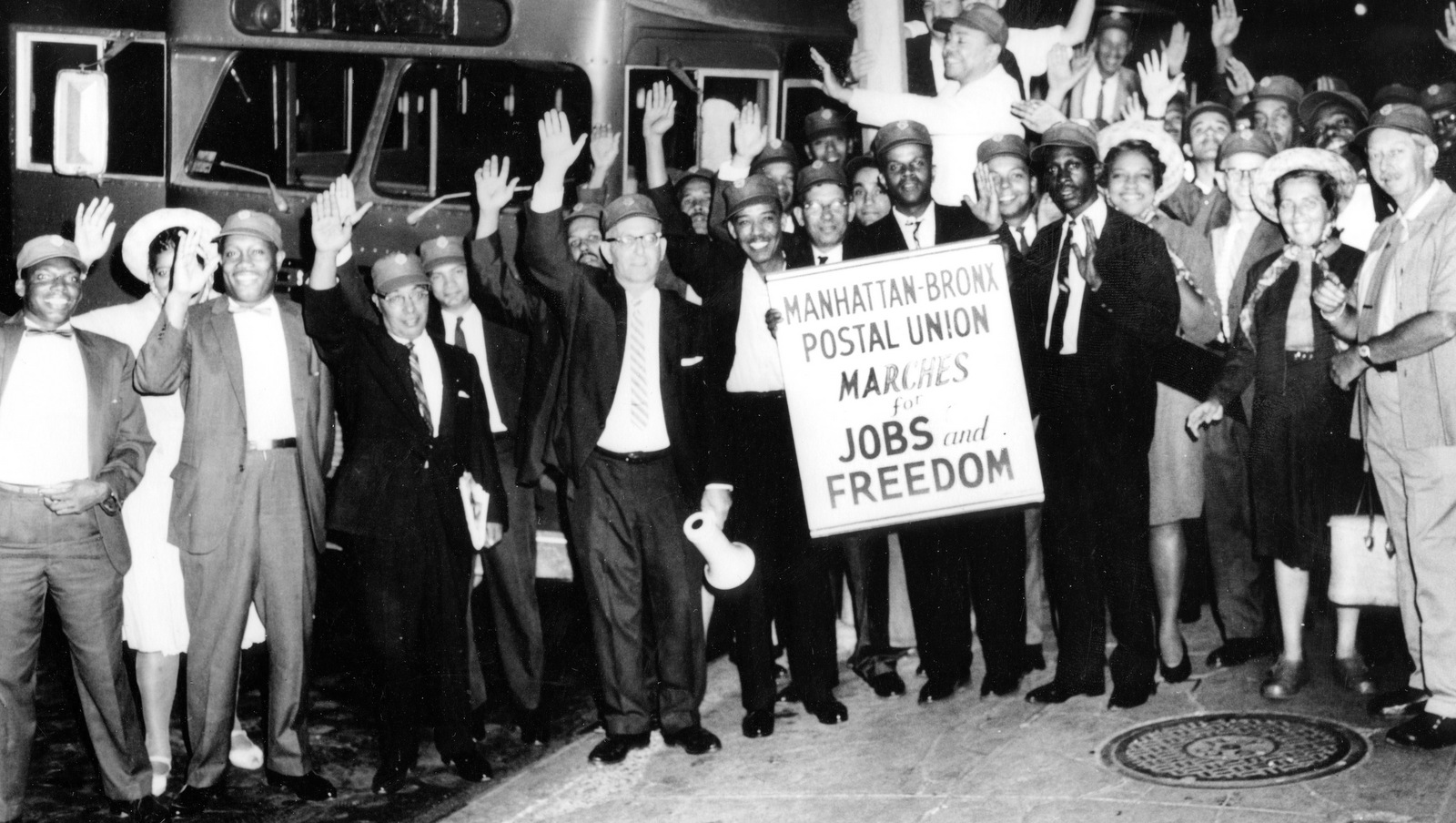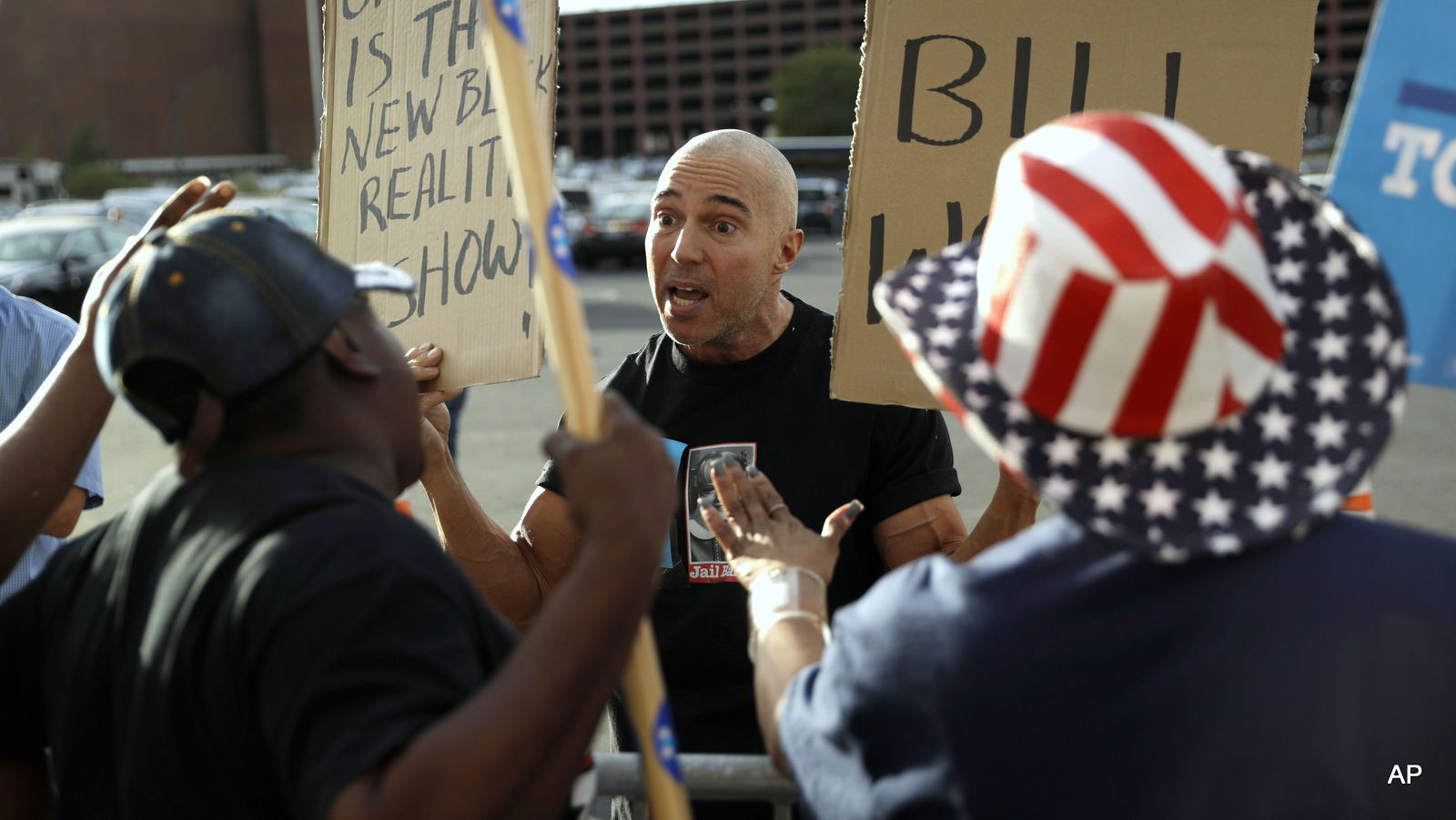WASHINGTON — Google the name “Tallulah Bankhead” and you will be regaled (or mortified if your mores tend to the Victorian) with tales of the actor’s libertine appetites, her breakout performance in the Hitchcock classic Lifeboat, or her half-camp, half-vamp villainess in the 1960s Batman television series. Wikipedia references her patrician mien — dahling not darling — her crusade to get to know Gary Cooper (biblically if not especially well), and her elegantly debauched riposte to Chico Marx’s prurient declaration of his carnal ambition.
What you are unlikely to locate on any search engine, however, is an account of Bankhead’s star turn in an insurrection that produced the twin miracles of the industrial age, one celebrated, the other largely unknown: the American middle class and the racial democracy that conceived it.
The rebellious daughter of an aristocratic southern family, Bankhead made a point of appearing on stage and screen with African-American actors such as Canada Lee, helped raise cash for exploited sharecroppers, and championed anti-lynching legislation. It was, in fact, her advocacy for liberal causes that led organizers to recruit her to speak at a 1947 rally to support a black Chicago steelworker, James Hickman, who was on trial for fatally shooting the slumlord who set the apartment fire that killed his four youngest children.
Concluding the remarks that were prepared for her that autumn afternoon, Bankhead said:
So long, however, as there exists anywhere on Earth one minority that is treated with contempt, that is herded into black slum areas, that is abused and insulted, so long will we have violence, hate, brutality, savagery. So long as there exists a Jewish problem, or a Mexican problem — or a problem of any minority — so long will one form of violence beget another.
I am proud to be one of the humble gladiators in this struggle against narrow prejudice and stupidity. I am glad to lend my efforts so that there shall be no more James Hickman tragedies.”
In his excellent retelling of the case, People Wasn’t Made to Burn: A True Story of Race, Housing and Murder in Chicago, the author Joe Allen writes that the mostly black audience of 1,200 people responded to Bankhead’s remarks with tears and raucous applause, causing her to ad lib for an encore:
I love the Negro race.”
This brought the proverbial house down and the rainbow coalition of African-Americans, Trotskyites and trade unionists went on to win Hickman’s release and a crackdown on abusive landlords, adding another trophy to the mantle of a multicultural mutiny that provides a road map for progressives hoping to avert catastrophe in the age of Trump.
March For Our Lives: A new rainbow?


Emma Gonzalez, a survivor of the school shooting at Marjory Stoneman Douglas High School, along with students and speakers at the March For Our Lives rally in Washington on March 24, 2018. (EPA/Shawn Thew)
If last weekend’s nationwide gun-control rallies represent the debut of a new populist insurgency, then it is was an auspicious one indeed because, much like the coalition that championed James Hickman’s cause 71 years earlier, the March For Our Lives movement is shaping up as an interracial affair.
One of the more inspiring speakers was an 11-year old black girl, Naomi Wadler, who said to the throngs of protesters gathered on the National Mall in Washington:
I am here today to acknowledge and represent the African-American girls whose stories don’t make it to the front page of every national newspaper. I represent the African-American women who are victims of gun violence who are simply statistics instead of vibrant, beautiful girls full of potential.”
Naomi’s remarks, and the audience’s enthusiastic response, are a promising sign that the political Left in the U.S. may finally be ready to regroup, and begin to punch its weight again, after more than four decades of infighting and ineffectiveness. The dynamism and interracial character of last week’s rallies provides further evidence that American workers have a chance of challenging the wealthy for a bigger piece of the pie only when they put their tribal differences aside to fight together.
The battle cry popularized by the Congress of Industrial Organizations campaign to reform the American workplace during the Great Depression — ”Black and White, Unite and Fight!” – was always more of a goal than a reality. And yet, since the end of the Civil War, the rainbow coalitions have always been the engine for the country’s most democratizing social movements.
Ephemeral rainbows: uniting, progressing, dividing again


New York postal workers protest in Washington to draw attention to the economic issues facing Black workers.
It is a cycle in which black and white workers drift apart, and then come together to respond to crises such as the economic depression that began in September of 1873. Between roughly that downturn and 1900, every state below the Mason-Dixon line experimented with a black-white political coalition that opened schools, hospitals and colleges for Negroes; paved the streets; and more or less laid the groundwork for the modern state.
In 1879, African-Americans in Virginia joined white laborers in open revolt, casting ballots for a newly-formed, populist third party that opposed the bone-deep spending cuts approved by both Democrats and Republicans. Saddled with a ballooning budget deficit, elected officials opted to close half the state’s fledgling public schools to pay Wall Street speculators who’d invested in the state’s railroads 100 cents on the dollar. Working class Virginians seethed; and the Readjuster Party (as in re-adjust or rewrite the debt) campaigned to restructure the state’s loan payments and restore social services.
Read more by Jon Jeter
- Rich Keep Saks in Clover, Poor Keep TJMaxx Growing, But No Middle to Shop at Sears
- The Untold Story: Russiagate and the Media’s Authoritarian Turn
- In Seeing African Corruption as Landlocked, George Clooney Misses the Boat
- Low Energy, High Profits: How Privatizing Public Utilities Left Us All in the Dark
Led by a diminutive, tobacco-spitting, former slaveholder, railroad executive and Confederate war hero, General William “Billy” Mahone, the Readjusters embraced liberalism, courted African-American voters, ran black candidates for elected office, opposed poll taxes and inveighed against the “power of wealth and privilege.” Between 1879 and 1883, the Readjusters ran the table — electing a governor, six of the state’s 10 Congressional delegates, and two U.S. senators, including the fiery Mahone. When blacks in the party complained about unqualified whites teaching their children in public schools, party leaders did what would be unthinkable in today’s Teach-for-America school-privatization environment: they fired the white teachers and replaced them with blacks who had scored higher on qualification exams.
Also unimaginably, party leaders doled out so many patronage jobs to black Readjusters that one white tax collector wrote to another: “My office looks like Africa.”
The year was 1882.
Racial democracies and rainbow-targeting blowback


A Trump supporter argues with supporters of Hillary Clinton before a rally Clinton Rally in Las Vegas.
Social and political scientists call these particular kinds of pluralist movements “racial democracies” and, as difficult as it might be to believe, a case can be made that the United States is home to the most formidable racial democracy in modern history, albeit an atavistic one. Brazil — which enslaved more kidnapped Africans than any country in the New World — didn’t even abolish slavery until 1887, and South Africa didn’t repeal apartheid for another century. Neither country has ever assembled a working class as prosperous as that in the U.S. following World War II.
What has always unraveled the rainbow has been the state’s constant drumbeat of cryptic, polarizing racial appeals that have saturated American newspapers, movies, schools, and defined American politics for 150 years: from Jim Crow to Richard Nixon’s Southern Strategy; Birth of a Nation to Lee Atwater’s Willie Horton ad campaign; the House Un-American Activities Committee to COINTELPRO; Bill Clinton’s Democratic Leadership Council to Mitt Romney’s demagogic condemnation of an apocryphal “47 percent” of voters who pay no taxes; or Obama’s demonization of black fathers to virtually every utterance by Trump.
This polarizing narrative is constantly revisited for a simple reason: it works. By ruthlessly asking white employees — especially men — to choose between their coworkers and their tribe, the nation’s wealthiest one percent unspools the class solidarity at the heart of American progressivism.
This is precisely what caused the Readjuster Party to come undone. Similar to the “triangulating” Bill Clinton, Mahone effectively compromised the Readjusters to death, voting more and more in lockstep with moderate Republicans — the Democrats of their era — diluting many of the Readjusters’ most popular and populist reforms, alienating his most enthusiastic constituents. By the time a white mob murdered seven blacks in an 1883 race-riot in Danville, the Readjusters were almost entirely isolated; and, when elections were held days later, whites patrolled black neighborhoods with shotguns. Only 31 of the 1300 registered blacks turned out to vote; the Democrats won handily, finishing off the most potent interracial coalition in the post-war era.
But if history is any guide, last weekend’s march for gun control could augur the shape of things to come in a nation hungry for change.
Top Photo | Shooting survivor Tyra Hemans (C), from Marjory Stoneman Douglas High School in Parkland, Florida, and other students and survivors hold up their fists in solidarity at the end of the “March for Our Lives” event demanding gun control after recent school shootings at a rally in Washington, U.S., March 24, 2018. (Jonathan Ernst/Reuters)
Jon Jeter is a published book author and two-time Pulitzer Prize finalist with more than 20 years of journalistic experience. He is a former Washington Post bureau chief and award-winning foreign correspondent on two continents, as well as a former radio and television producer for Chicago Public Media’s “This American Life.”
<!–
–>
Source Article from https://www.mintpressnews.com/march-lives-new-generation-sets-aside-tribalism-progressive-cause/239805/
 RSS Feed
RSS Feed















 March 31st, 2018
March 31st, 2018  Awake Goy
Awake Goy  Posted in
Posted in  Tags:
Tags: 













